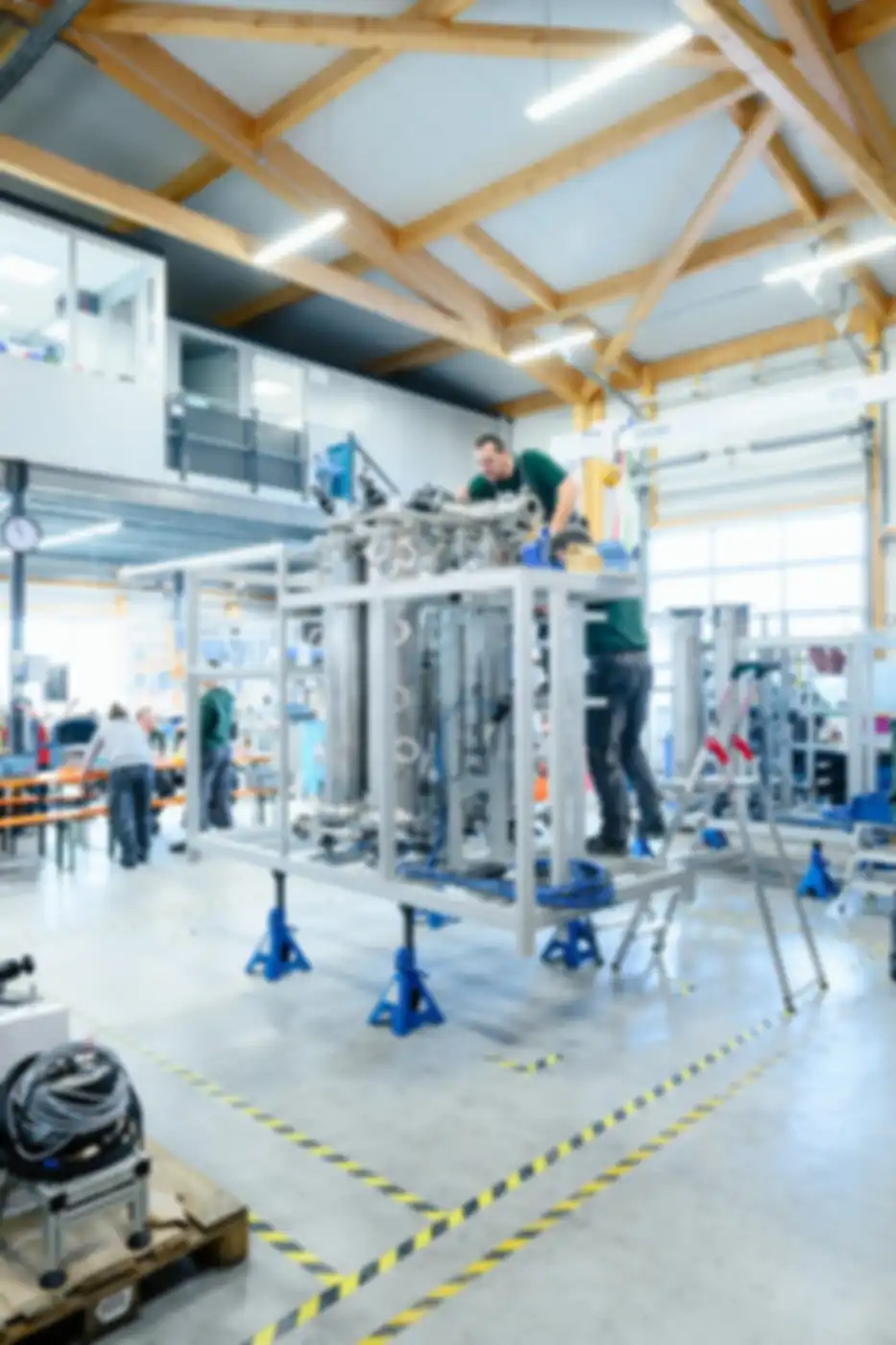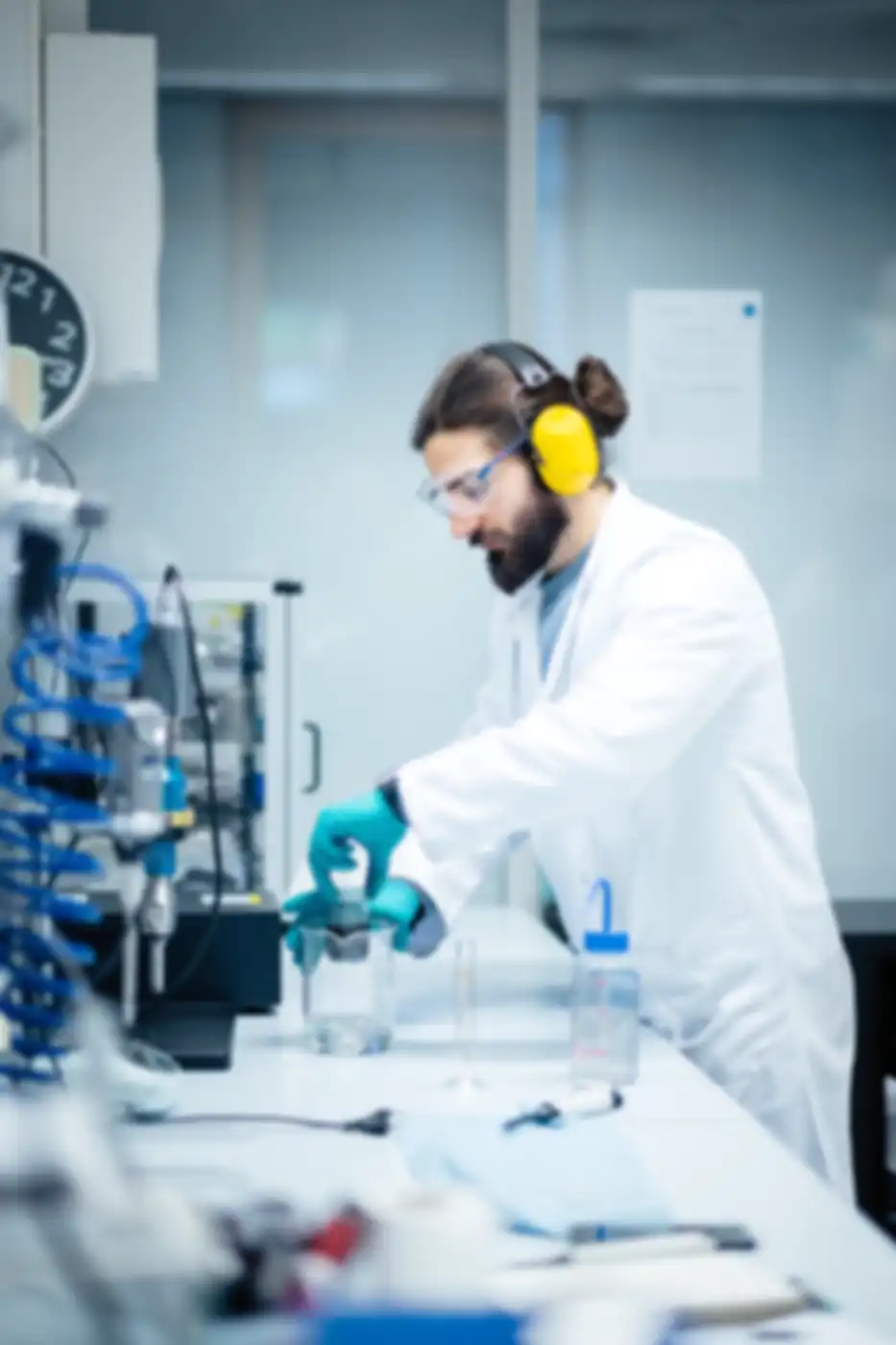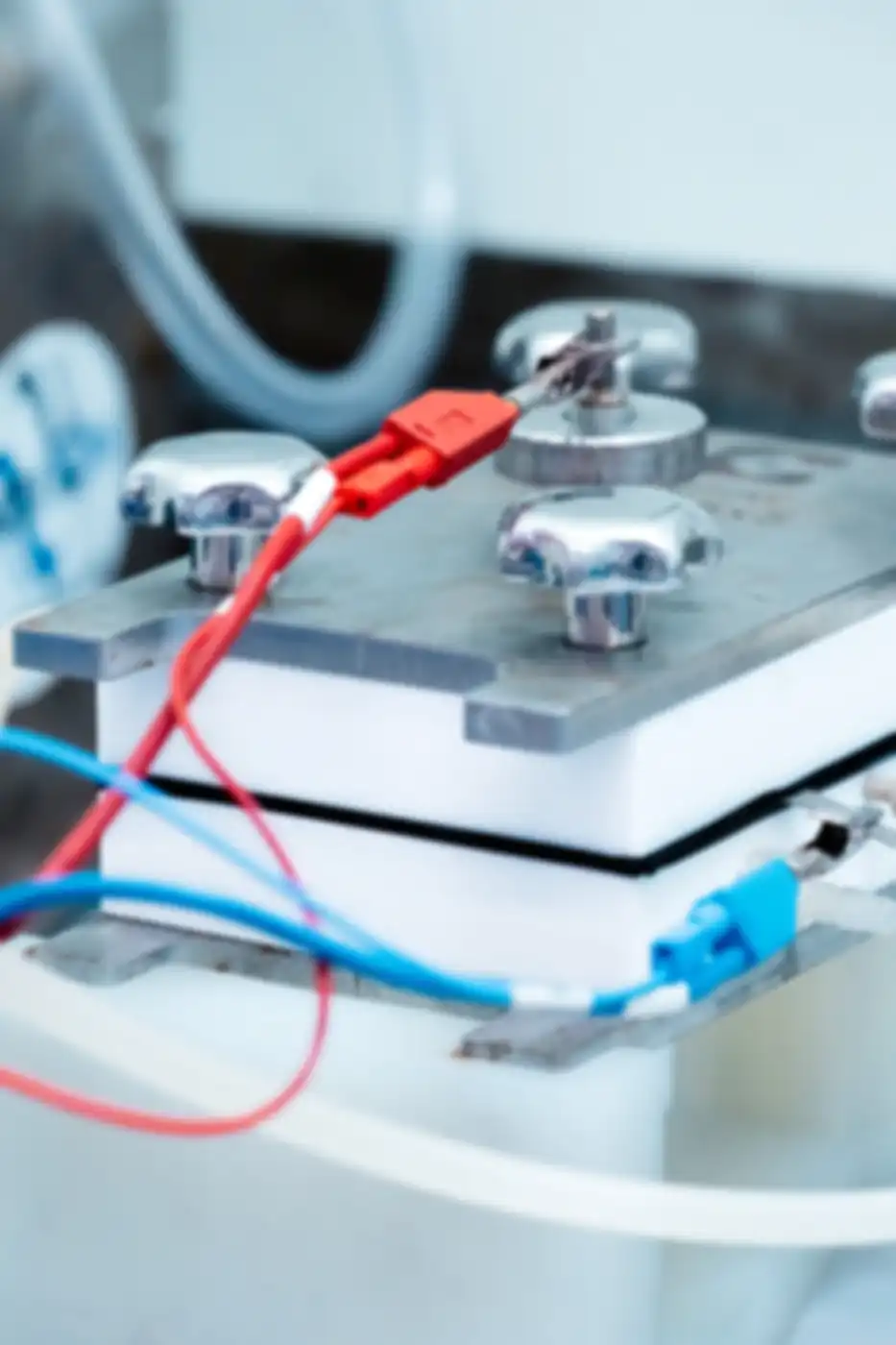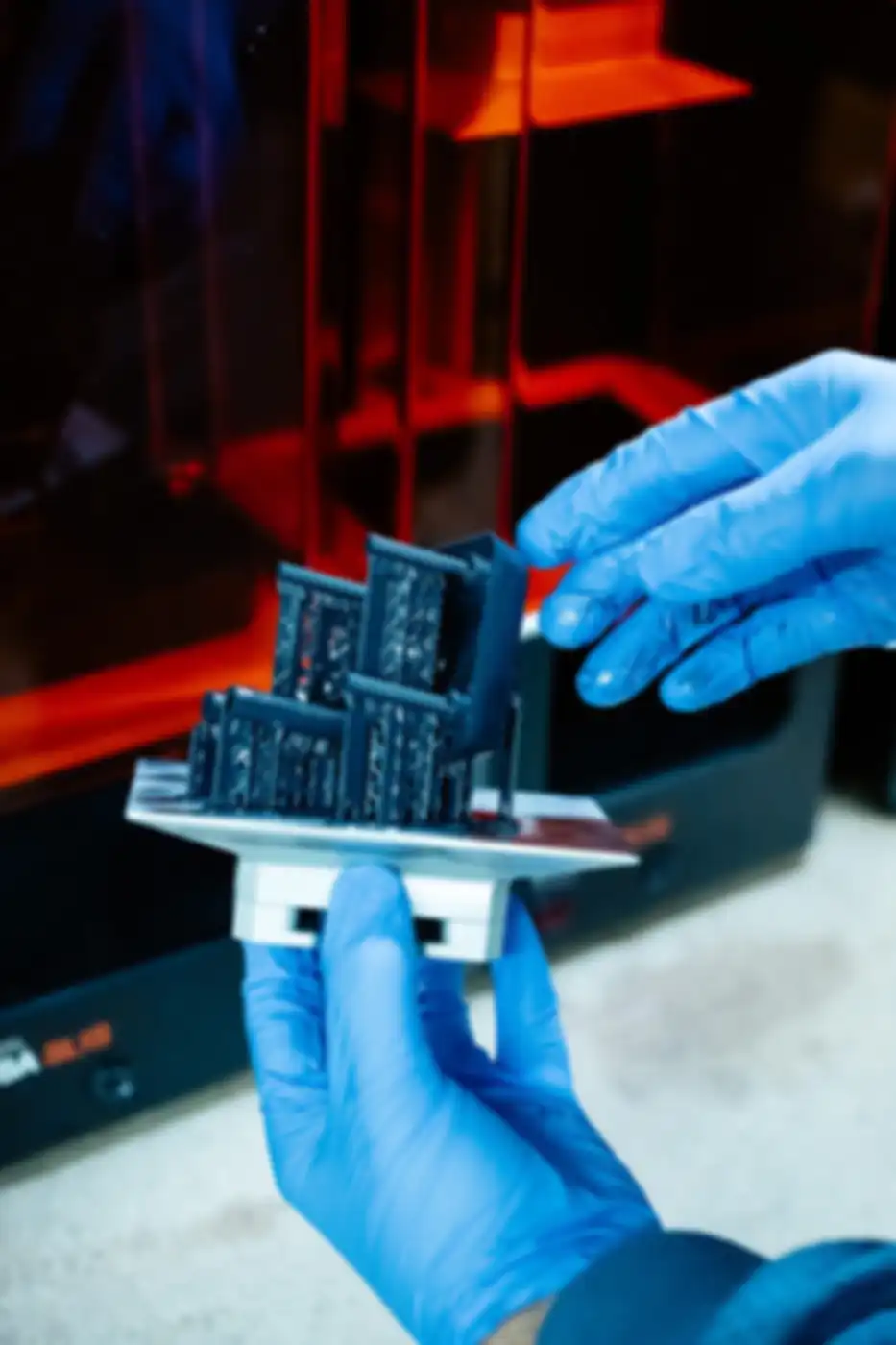6/22/2025
FOUR BREAKTHROUGHS TO TACKLE THE DUNKELFLAUTE
Results from the SPRIND Challenge Long-Duration Energy Storage
The energy transition is picking up speed, but a critical bottleneck remains: how can we store renewable energy reliably and affordably when the sun isn’t shining and the wind isn’t blowing? This challenge—known in Germany as the Dunkelflaute—refers to extended periods of low wind and solar generation that can last anywhere from two days to over a week. This intermittency isn’t just a technical issue; it also fuels market volatility. In 2024, Germany experienced over 2,300 hours with electricity prices above €100/MWh—and more than 400 hours with negative prices. Without the ability to shift clean energy across hours and days, the energy system remains vulnerable to both shortages and surpluses.
Russia’s invasion of Ukraine in 2022 added a new layer of urgency. Europe’s need for energy security and independence has never been clearer. Yet most of today’s storage options, such as lithium-ion batteries, are not designed to bridge multi-day gaps. Their high costs, material constraints, and technical limitations make them unsuitable for long-duration storage. At the same time, there is a growing field of promising alternatives—technologies that could dramatically improve cost, safety, and sustainability through new chemistries and manufacturing advances. These include iron-air batteries, hydrogen-based systems, and next-generation flow batteries that could all play a role in solving the Dunkelflaute challenge.
To accelerate progress in this space, the Federal Agency for Breakthrough Innovation (SPRIND) announced the Long-Duration Energy Storage Challenge in the summer of 2022. The competition aims to support radically new energy storage technologies capable of delivering power for at least 10 hours—without relying on scarce or critical raw materials. From December 2023 to June 2025, four finalist teams advanced into Stage 2 of the Challenge. Each received up to €3 million in funding along with tailored coaching to test, refine and scale their technologies under real-world conditions. While their technical paths are different, their shared objective is the same: make long-duration energy storage both viable and scalable.
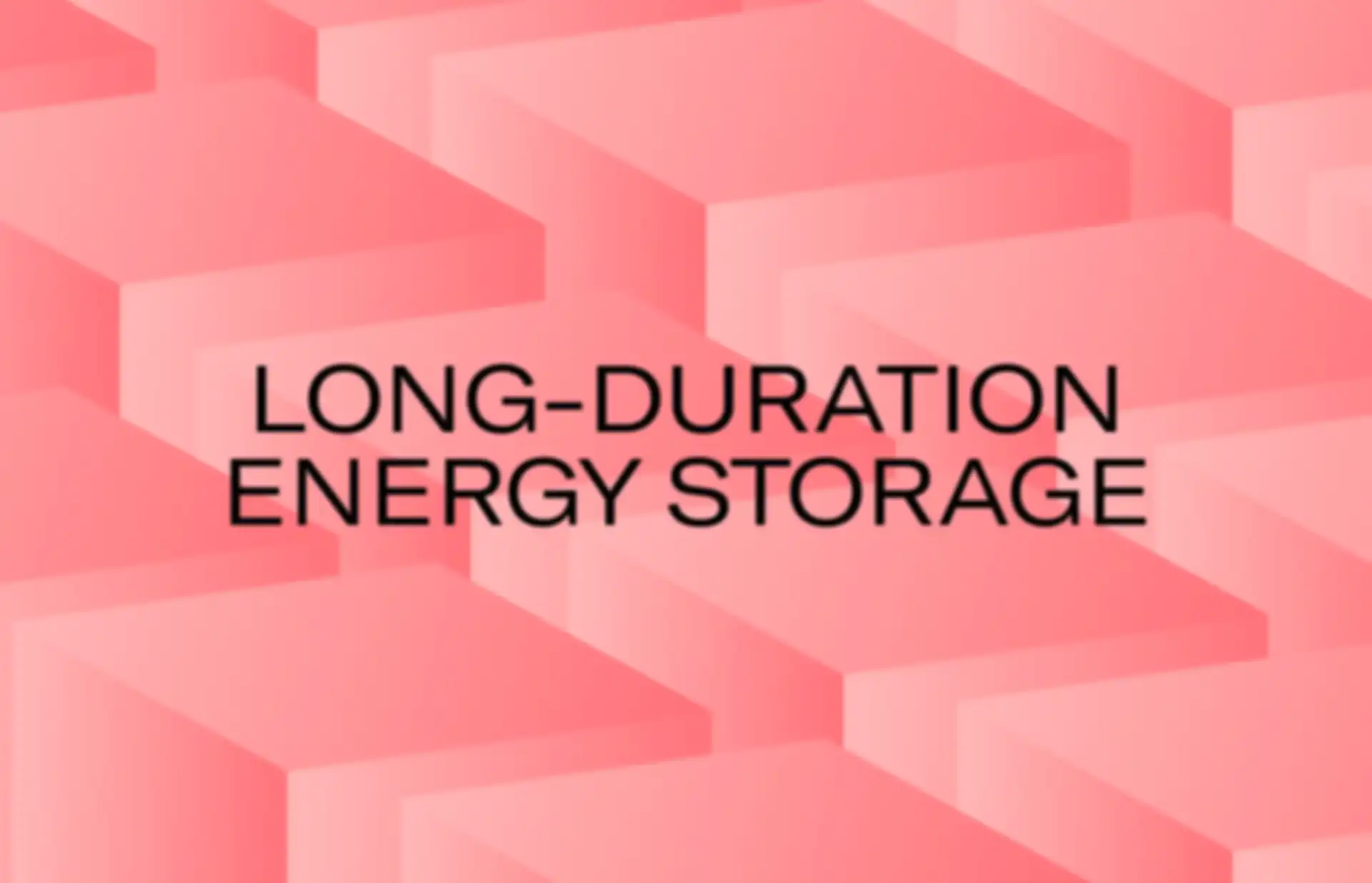
On June 17, 2025, the jury of independent experts gathered one final time in Leipzig to evaluate the achievements of the finalists. Rather than selecting just one winner, they honored all four teams for their outstanding contributions.
All four teams emerge from the Challenge as winners. Together, they proved that it is possible to build safe, scalable, and cost-effective systems using abundant materials—solutions that can store clean energy not just for hours, but for days. Their work lays the foundation for a more resilient, decarbonized energy future and shows what’s possible when bold ideas receive the support they need to grow.
The first team, Reverion, is a spin-off from the Technical University of Munich focused on hydrogen-based energy storage. Their innovation lies in a high-efficiency solid oxide fuel cell system that can both store and generate electricity within the same unit, switching modes in less than a minute. This seamless integration avoids costly downtime and improves reliability. During Stage 2 of the Challenge, the team scaled their system by 10x to a 300 kW platform and validated performance under a range of scenarios, including simulated grid shutdowns. They also raised $62 million in Series A funding.
In contrast to Reverion’s hydrogen pathway, Ore Energy, a spin-off from TU Delft, is betting on iron—a low-cost, abundant material. Their solution combines iron, water, and air to create a battery that is both affordable and intrinsically safe. This chemistry avoids the risk of fire, requires no rare materials, and is well-suited for mass deployment. In Stage 2 of the challenge, Ore Energy completed the development of their containerized storage unit, marking a major step from lab development to field application.
While Ore Energy targets simplicity through low-cost materials, HalioGen Power is reimagining the architecture of flow batteries. Conventional flow batteries rely on costly membranes to separate reactive fluids, a point of failure that also drives up cost. HalioGen’s design eliminates the membrane altogether. Over the second stage of the Challenge, HalioGen advanced from early-stage lab validation to a working prototype, successfully integrating all key system components into a fully automated battery system, demonstrating core functionality and taking them one step closer to commercialization.
Finally, Unbound Potential—a spin-out from ETH Zurich—is pursuing a similarly bold vision: a new type of flow battery that’s highly scalable. Their membrane-less battery uses two water-based electrolytes that don't mix but exchange energy. During Stage 2, Unbound Potential integrated their module into a fully instrumented test system. Despite being in an early stage of development, the company is already working with a major industrial partner, Amazon, signaling strong market interest.
More about this topic
